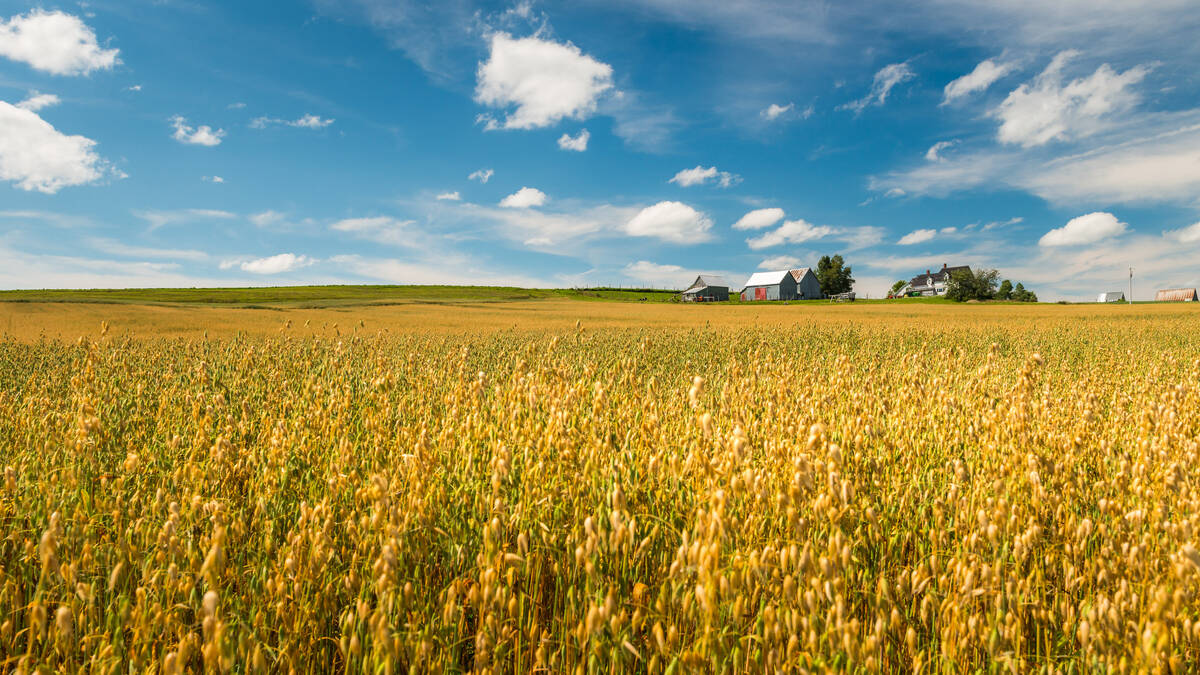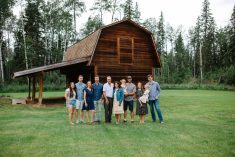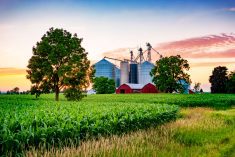The trend line for Manitoba soybean acres is definitely up, especially after the crop s miracle recovery in 2008 It could go from where we are right now to 450,000 acres. Bruce Brolley
It s hard to believe that as recently as the mid-1990s, you could
drive the length and breadth of Manitoba s Red River Valley
and be hard-pressed to spy a soybean field.
Manitoba farmers planted more than 300,000 acres of soybeans
last year. In 2009, crop watchers predict they ll plant
Read Also

Risk management for the farm means considering people, too
Wheat fields in New Brunswick, Canada.
Much will depend, however, on fertilizer prices and spring
seeding conditions.
Guys will change their minds three or four times before
spring, says Bruce Brolley, pulse crop specialist for Manitoba
Agriculture, Food and Rural Initiatives. It could go from where
we are right now to 450,000 acres.
High nitrogen prices work in soy s favour. Canola is a hungry
nitrogen feeder, while soybeans fix free atmospheric N.
On the other hand, a late, wet fall prevented many Manitoba
farmers from preparing their fields for spring. Fields are rutted
and need work before seeding begins, and any delays will see
acres switch from soybeans to canola.
Still, Brolley doesn t see acres falling much below 300,000 and
But until we hit that day 300,000 to 400,000 (acres) is a
good range.
That explosive growth is similar to the experience of the
Manitoba farmers neighbours just across the line in North Dakota.
It also reflects an industry that s reached critical mass after being
told for years the crop simply couldn t be grown in the region.
It s remarkable given that in 1996 only 8,000 acres of soybeans
were seeded. By 2001 almost 50,000 acres went in, peaking in
2006 at around 350,000 acres, almost all of them in the valley.
Ironically some farmers, especially in the flat, poorly drained
Red River Valley, now see soybeans as an insurance crop, says
Brolley. Soybeans can handle more moisture and heat than canola.
Plus, most farmers prefer to have a pulse crop in their rotation
regardless of where nitrogen prices are.
The soybean s reputation for being one tough crop was cemented
in farmers minds in 2008. A cool, wet, spring was followed by below-y














